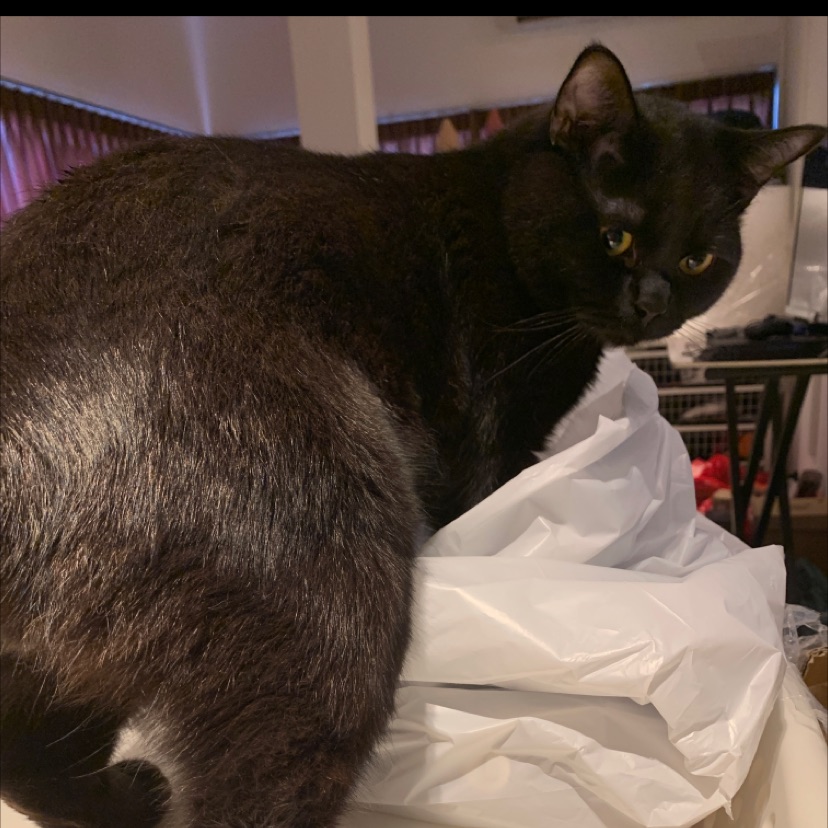
Mabes
No personal profile
6Follow
27Followers
0Topic
0Badge
Comment and like. Will reply too.
Sorry, the original content has been removed
Comment and like please. Will reply too.
Sorry, the original content has been removed
Like and comment please
Sorry, the original content has been removed
Like and comment pls
Sorry, the original content has been removed
Like and comment please
Sorry, the original content has been removed
Like and comment please. thanks
Sorry, the original content has been removed
Like and comment please
Sorry, the original content has been removed
Please like
Sorry, the original content has been removed
Like and comment please. Will reply
Sorry, the original content has been removed
Please like and comment. Will reply too.
Sorry, the original content has been removed
Like and comment please. Will reply back too.
Sorry, the original content has been removed
Like and comment pls
Sorry, the original content has been removed
Please like and comment
Sorry, the original content has been removed
Like
Sorry, the original content has been removed
Like and comment please. Will reply.
Sorry, the original content has been removed
Please like and comment. Will reply thanks.
Sorry, the original content has been removed
Like and comment thanks
Sorry, the original content has been removed
Like pls
Sorry, the original content has been removed
Like pls
Sorry, the original content has been removed
Like and comment please
Sorry, the original content has been removed
Go to Tiger App to see more news